Once a proud hub of Zimbabwe's industrial might, Bulawayo now stands as a hollow shell of its former self. The city's industrial parks, once teeming with workers and humming with production, are largely silent - filled with rusting machinery, shuttered factories, and abandoned warehouses.
According to opposition voices, this decline is not merely a result of economic hardship but the consequence of decades of economic mismanagement, policy inconsistency, and investor flight.
In the heart of Bulawayo, formerly bustling retail outlets that hosted anchor tenants and international brands now resemble ghost spaces. Some have been subdivided into tiny stalls for informal traders trying to eke out a living in a broken economy. The few remaining formal retail shops battle surging operating costs, erratic electricity supply, a collapsing currency, and drastically reduced consumer spending power.
"This trajectory clearly contradicts the government's public relations narratives," said Mqondisi Moyo, leader of the Mthwakazi Republic Party, in an interview this week.
"Investors are not coming in - they are leaving or staying away. Capital does not flow where property rights are insecure, where the rule of law is selectively applied, and where currency policy is erratic and opaque."
Moyo pointed to the collapse of core industries and the retreat of both local and foreign capital as indicators that Zimbabwe's economy is still far from recovery, despite official claims to the contrary.
The story of Bulawayo's Cold Storage Commission (CSC) exemplifies this broader collapse. Once the largest meat processor and exporter in southern Africa, and one of the city's biggest employers, CSC's infrastructure has now decayed beyond recognition. Years of failed revival efforts - including botched public-private partnerships - have left the company with virtually no operations.
Similarly, the National Railways of Zimbabwe (NRZ), which was also headquartered in Bulawayo and once provided thousands of jobs, has been on life support for more than two decades. Its rail yards and stations are largely dormant, and its fleet deteriorates further with each passing year.
Entire sectors have followed the same path of decline. Textile and clothing manufacturers, furniture producers, metal fabricators, and even food processing plants - once the backbone of Bulawayo's economy - have shut down en masse since the early 2000s.
The flooding of the market with cheap imports, especially from China, Mozambique, South Africa, and Tanzania, has been a death sentence for many domestic manufacturers. The government's failure to implement consistent and protective trade policies has only deepened the crisis.
"Weak and inconsistent trade policies have allowed the floodgates to open," Moyo said. "The once-thriving textile and manufacturing sectors have virtually disappeared, replaced by open-air flea markets selling used clothing and cheap plastic imports."
"Local factories sit idle, workers are laid off, and small businesses struggle to survive amid an oversupply of unregulated imports," he added.
Despite the government occasionally announcing infrastructure upgrades and making diplomatic overtures to attract investment, critics argue that such moves are superficial and fail to address the deep structural causes of Zimbabwe's economic malaise.
"The core issues driving mass migration and deepening public despair include chronic unemployment, collapsed public services, rampant corruption, and entrenched bad governance," Moyo said.
In the aftermath of Zimbabwe's worst economic collapse in 2008, the Government of National Unity (GNU) launched the Distressed Industries and Marginalised Areas Fund (DIMAF) in 2011, targeting cities like Bulawayo. The government pledged US$40 million under DIMAF, aiming to revive collapsed companies and protect jobs.
However, business leaders and industrialists say the funding was far too little, too late. Many companies had already collapsed or downsized beyond repair. A second attempt to stimulate growth - the US$70 million Zimbabwe Economic and Trade Revival Facility (ZETREF) - was similarly unsuccessful.
Now, with most of Bulawayo's once-thriving industrial belt lying dormant, the city has become a stark symbol of Zimbabwe's prolonged economic crisis - one that continues to push young people out of the country in search of opportunity elsewhere.
For many residents, nostalgia has given way to resignation as hopes of an industrial revival grow dimmer by the day. The clang of machines and the rhythm of full-scale production have been replaced by the murmur of informal traders, struggling to survive in a city built for something far greater.
- Southern Eye
 'Zimbabwe army recruits only Zanu-PF supporters'
'Zimbabwe army recruits only Zanu-PF supporters'  South Africa ripe for a coup
South Africa ripe for a coup  India dumps US Treasury bills
India dumps US Treasury bills  Zimbabwe's dollar stock exchange surges 45%
Zimbabwe's dollar stock exchange surges 45%  Gold edges up as traders await guidance
Gold edges up as traders await guidance  New offtake deal needed to boost Zulu output
New offtake deal needed to boost Zulu output  Young Investment Professional (YIP) Graduate Programme 2019
Young Investment Professional (YIP) Graduate Programme 2019 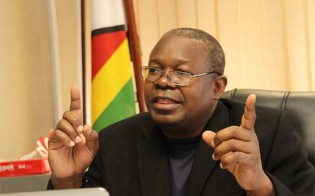

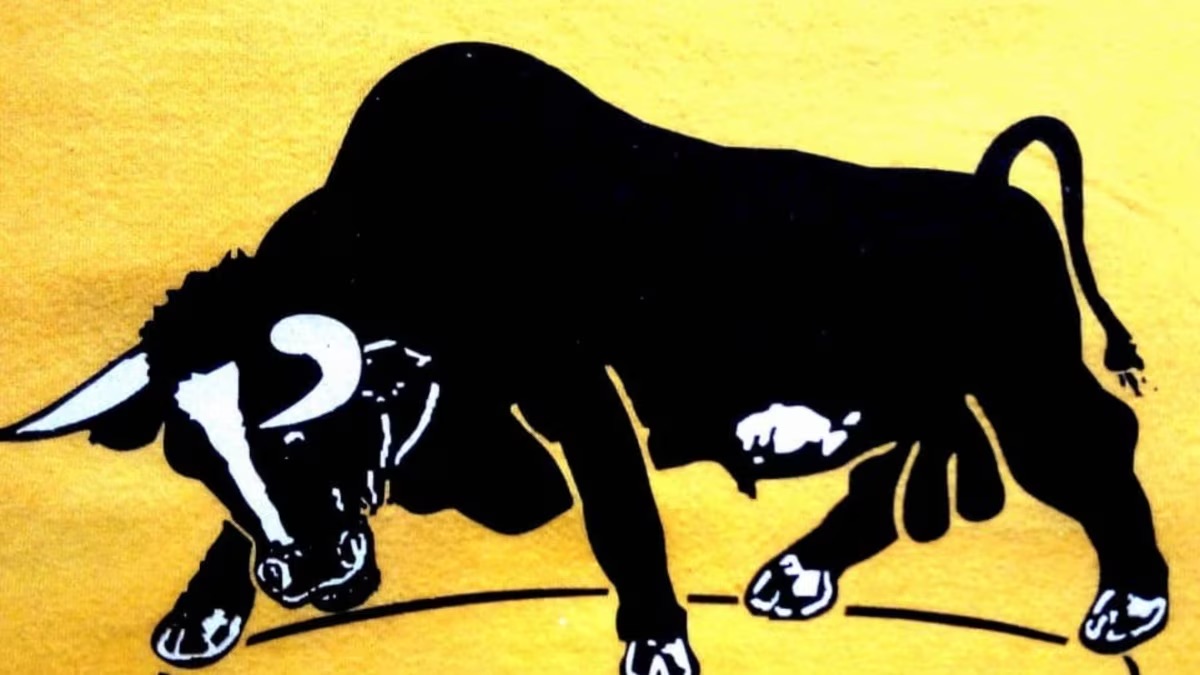
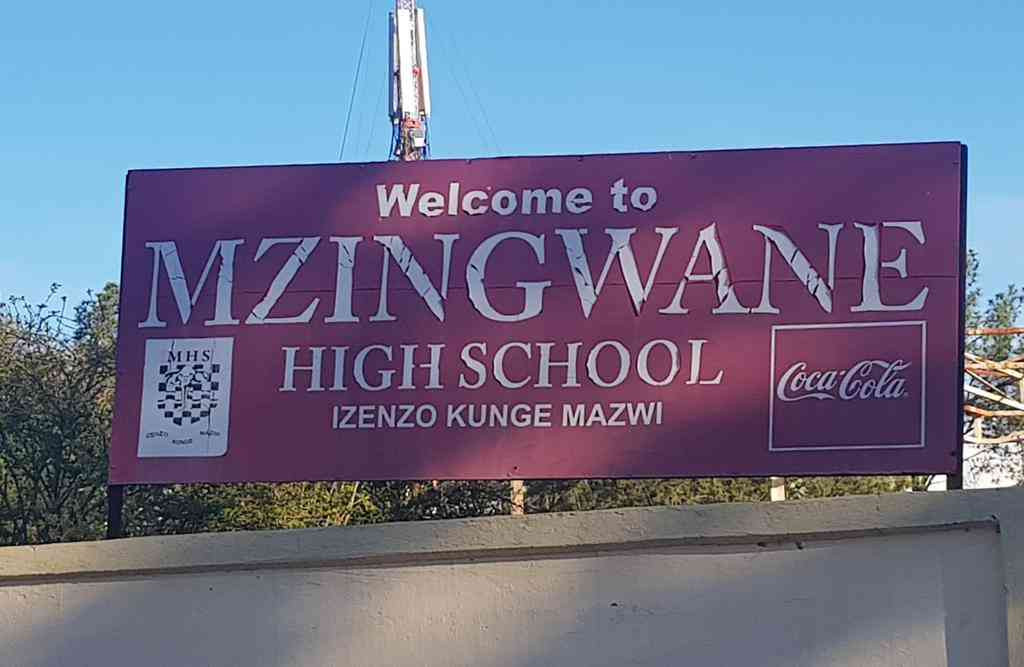
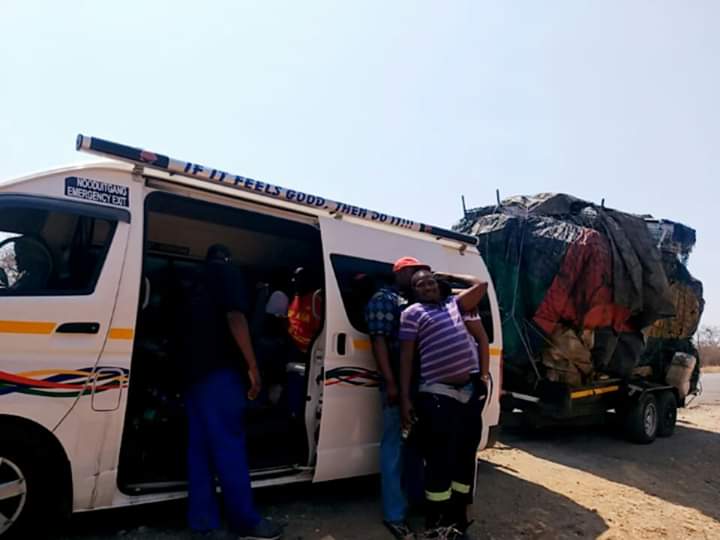

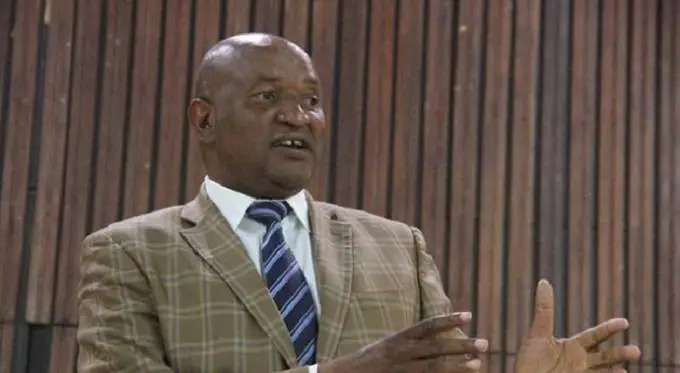
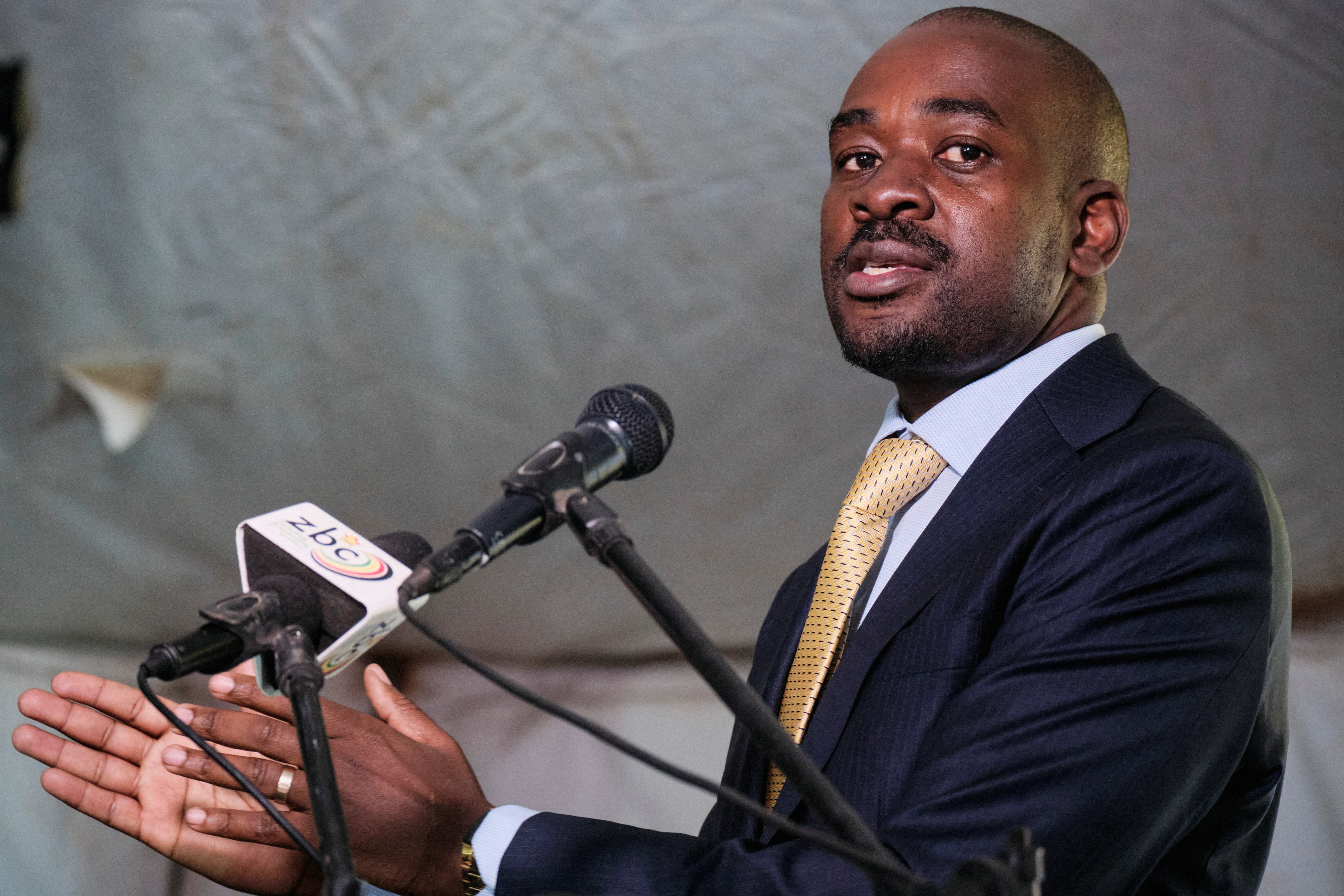

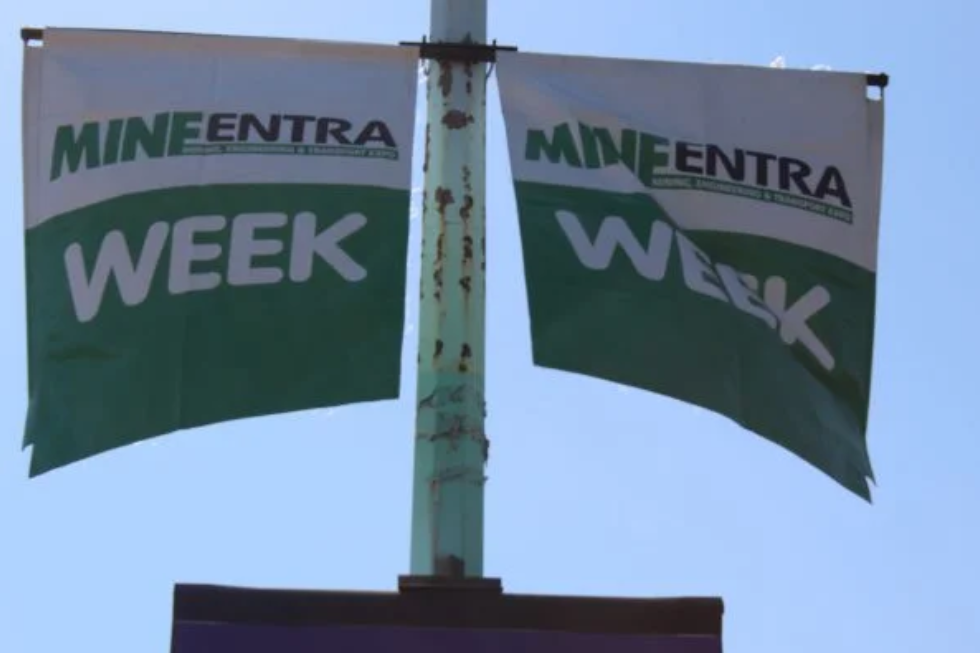

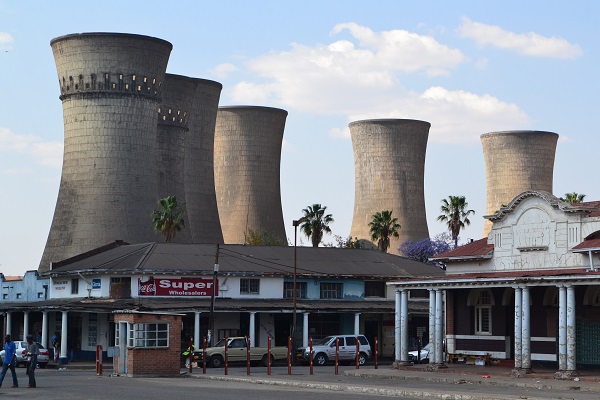
 Young Investment Professional (YIP) Graduate Programme 2019
Young Investment Professional (YIP) Graduate Programme 2019
Editor's Pick